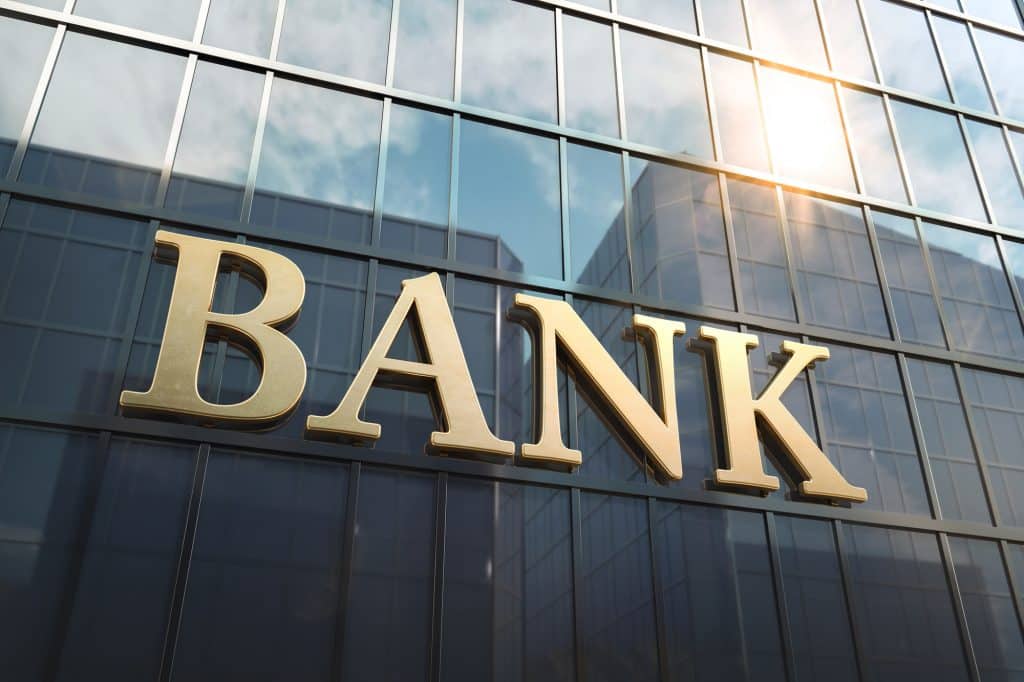Chennai: The year 2022 was really a Happy Year for the Indian banks — both government and private.
The banks enjoyed arbitrage between the lending and deposit rates, higher credit demand, lower loan provisions (government-owned banks posted handsome profits) and others.
The year also saw mergers and acquisitions (M&A) in the sector with housing finance major HDFC Ltd deciding to merge with HDFC Bank Ltd, Axis Bank acquisition of Citibank’s consumer banking business, and the government announcing the privatisation of its IDBI Bank Ltd.
“Conclusion of these deals is likely to happen in CY2023 and similar deal momentum is likely to continue in CY2023,” South Indian Bank MD and CEO Murali Ramakrishnan told IANS.
The year under review also saw ICICI Bank Ltd’s former CEO and MD Chanda Kochhar being arrested by the Central Bureau of Investigation (CBI) in a loan fraud case.
On its part, the Reserve Bank of India’s (RBI) anti-inflationary measures like hiking the repo rate enabled the banks to increase their lending rates while they were lagging in doing the same with the deposits and protected their net interest margin (NIM).
The rising interest rates will enable the Indian banks to continue posting good profits during the remaining part of FY23, said S&P Global Market Intelligence in a report.
On November 7, Finance Minister Nirmala Sitharaman said 12 PSBs registered handsome net profits during Q2FY23 and also H1FY23.
“The continuous efforts of our govt for reducing the NPAs & further strengthening the health of PSBs are now showing tangible results. All 12 PSBs declared net profit of Rs 25,685 cr in Q2FY23 & total Rs 40,991 cr in H1FY23, up by 50% & 31.6%, respectively (y-o-y),” Sitharaman tweeted.
CARE Ratings Associate Director – BFSI Research, Saurabh Bhalerao, had told IANS earlier that “during the current fiscal, the public sector banks (PSB), reported significant levels of profitability aided by robust credit demand, arbitrage between rising lending rates and lagging deposit rates, lower credit costs due to reduced loan provisions, and reducing NPA (non-performing asset) levels”.
“Further, this performance has come against a backdrop of higher bad loans, capital infusions by the government and loss of market share in business (deposits as well as credit),” he said.
The gross non-performing asset (GNPA) ratio is expected to decline below five per cent in FY23 and reach pre-Asset Quality Review (AQR) levels of approximately 4.3 per cent in FY24 due to economic expansion, higher recoveries, and proposed transfer of NPAs to various asset reconstruction companies (ARCs), CARE Ratings said in a report.
That apart, bulk of the government bank’s deposits comprise current and savings accounts whose cost are very low.
According to the RBI, the share of CASA deposits in total deposits has been increasing over the last three years (42 per cent, 43.8 per cent and 44.5 per cent in June of 2020, 2021 and 2022, respectively).
Deposits rates are expected to go up further due to rising policy rates driven by higher inflation, intense competition between banks for sourcing deposits to meet strong credit demand, widening credit deposit gap, and lower liquidity in the market, said CARE Ratings.
According it, the credit offtake is anticipated to remain resilient in FY23, while the benefit of lower base will ease out in the next few fortnights, optically leading to lower growth rates.
A slowdown in global growth due to elevated interest rates, interminable pandemic restrictions in China, and multiple rate hikes in India could impact credit growth, the CARE Ratings report said.
Between the private and the government banks, Kotak Securities in a report said the former have increased their market share in current account and in the corporate segment while public banks have been losing share steadily in the household and government sectors.
IANS
